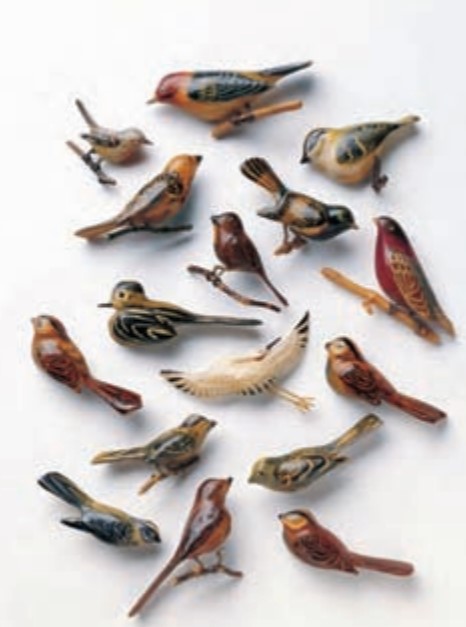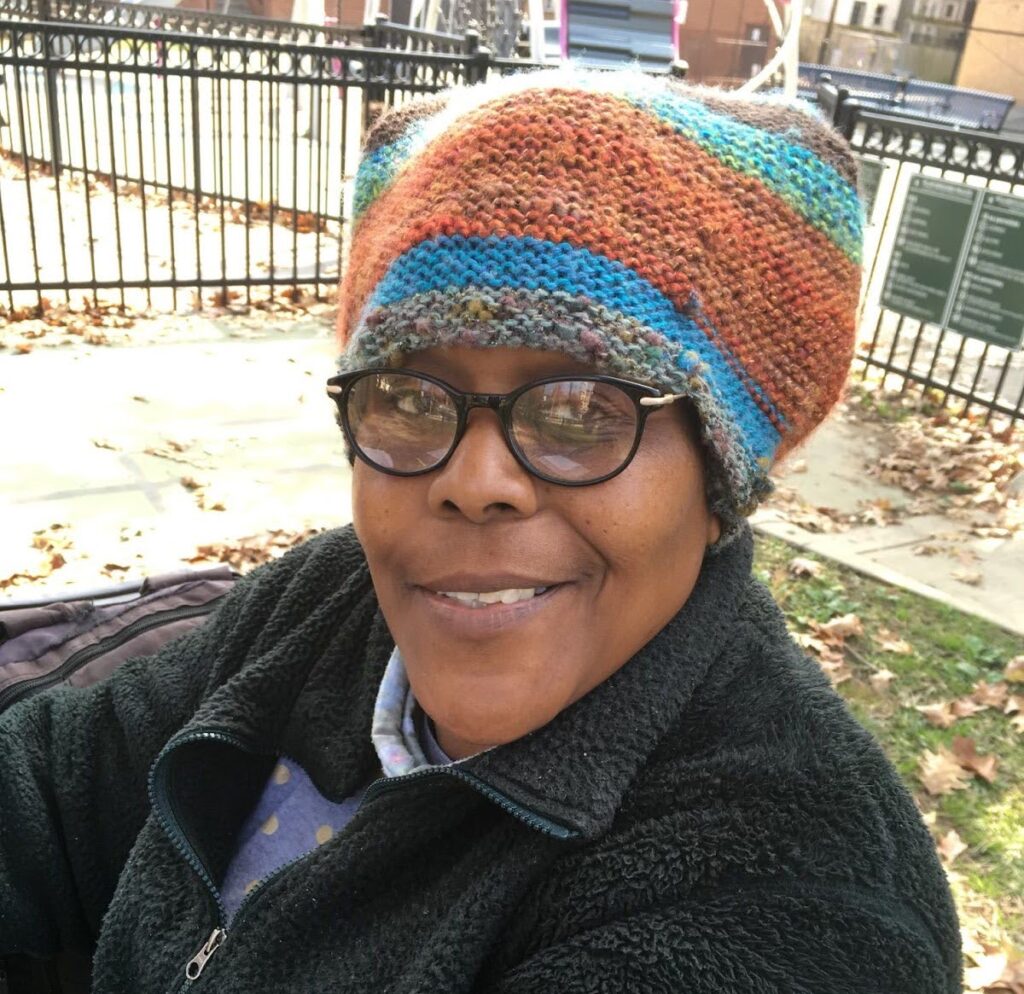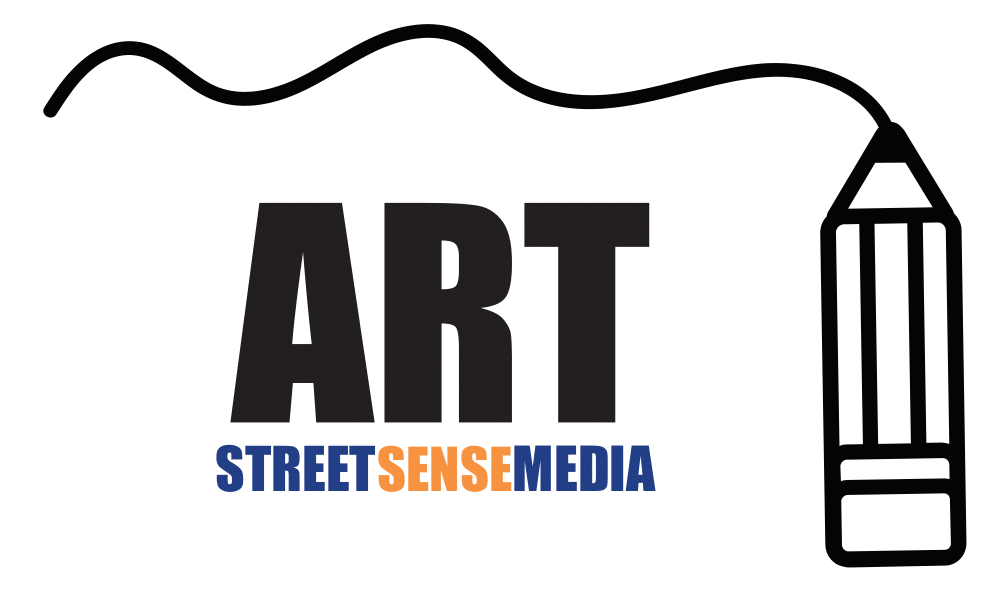Marilyn Kurata’s family was held in an internment camp during World War II. Her uncle served in the U.S. Army, yet the rest of her family was seized against their will only because they were Japanese American. Though her family rarely spoke of their internment, Kurata’s curiosity was sparked when she attended a conference on the subject. This curiosity has brought her from Alabama to the Renwick Gallery here in the District to see “The Art of Gaman,” an exhibit of artwork created by those internees.
“I’m filled with awe because the artwork displays such craftsmanship, beauty, endurance and perseverance,” Kurata said. “At a time when a lot of people would have collapsed in despair, they had such a clear sense of beauty and appreciation.”
The Art of Gaman exhibit now features over 120 objects on loan from former internees or their families. The art pieces range from paintings, woven baskets and wood carvings to swords, furniture, clothing and scissors. All things were functional but also possessed such beauty and intricacy. Materials that most would consider trash had become ingredients to create objects to help internees cope with the situation they were unable to control.
Delphine Hirasuna, author of “The Art of Gaman” and guest curator for the exhibit, stumbled upon the idea for the book after finding a wooden bird pin that belonged to her mother. Though her family spent years in an internment camp, they never spoke about it.
“They didn’t want to burden my generation with what happened to them,” Hirasuna said. “When the camps closed and people were allowed to return home, they just had to get on with their lives.”
Hirasuna pledged to be the voice that her parents hoped for, the voice of gaman.
“Gaman by my definition is to bear the seemingly unbearable with patience and dignity,” Hirasuna said. “I do want people to think about the conditions in which these items were made and hope they are convinced that this should never happen again, but an important message is the strength of the human spirit.”
After wrestling with the idea of writing a book on the subject, she asked her uncles to see if their friends had anything to add to her small collection. Just two weeks later, one of her uncles pulled into the driveway with a car full of artwork. As word got out to the Japanese American community, one by one things would slowly show up at her doorstep.
After seeing pictures of the exhibit at a university in Connecticut, Renwick officials decided it was appropriate for their gallery and was in coherence with their mission statement, said Robyn Kennedy, chief of the Renwick Gallery. The gallery, which is a branch of the Smithsonian American Art Museum, is located on Pennsylvania Ave, NW, just steps from the White House.
“Craft, in its foundation, is functional first. There is a need to make functional objects, but within that there is the desire to make them beautiful and be creative,” Kennedy said.
A non-professional artist made almost every object; fisherman and farmers learned how to deal with their internment by beautifying even the simplest of things. Children had functioning train sets and musicians had their instruments, all created by amateur artists who didn’t take up the trade after leaving the camps.
“The time in the relocation camps was the only time in their entire lives where they had the leisure to pursue and develop artistic talent,” Kurata said. “That’s what’s so amazing, you see these wonderful works of art and you find out that once they left the camp they never did any artwork again because they had to work so hard to just survive.”
This exhibit, which runs until January 30, 2011, shows the power of the human spirit. The Art of Gaman makes tangible the thought of overcoming a difficult situation and turning it into something beautiful.
“They lost everything, and yet they managed to somehow rise above that and beautify their surrounding,” Hirasuna said. “There is something to be celebrated there and that’s the larger message that I want people to go away with…what I hope people see in this, is to look at these objects and reflect on them as human beings and individuals”
The responses to both the book and the exhibit have been phenomenal, said Hirasuna. She has received letters and phone calls thanking her and her ability to bring this period of time to people’s attention.
“There was this wonderful calligraphy in [the exhibit] and it said ‘with pride of blood I will look forward to tomorrow,’” said Kurata. “And that’s what they did, that’s the sense of gaman. You accept what you’re given and you make the best of it.”
The Renwick Gallery is located at 1661 Pennsylvania Avenue N.W. (at 17th Street) Washington, D.C. 20006 and is open from 10:00 a.m. – 5:30 p.m. daily. Admission is free.








